
In the late 1940’s a trapezoidal lot in the then underdeveloped Appio-Latino quartier in Rome was destined to housing and architects Calini and Montuori were commissioned, by the “National Fund for Assistance to Agricultural Employees” to design the buildings. The residual space between the houses allowed enough room for a theater, and its study was entrusted to aging architect Adalberto Libera.
The issue of a public room was not new to Libera, who had already worked for the competition of the Palazzo del Littorio and for the Palazzo dei Congressi, but the residual condition, in this case, was a different challenge. The realised volume eventually expressed the harmonious synchronicity between technical, visual, acoustical and spatial exigences and was a direct result of Libera‘s logic “idea” = “guide as a structure” = “form”.
The design was based upon an ovoid shape and was determined both by acoustical exigences (the building had to act as the inside of a musical instrument) and by the perception of the observer. The adopted solution was that of a low envelope in the projection room that increased up in size towards the proscenium. In order to avoid the theatre to cast shadow onto the nearby houses, the building was put seven meters below street level, so that its extrados was limited to six meters over ground.
The structure consists of five metal arches anchored to ten hinges placed on reinforced concrete piers. The intermediate space between the outer envelope coated with aluminium and the inner side, accommodated the air conditioning system.



Centre Pompidou, Mnam/Cci, D.R.
Controlled in every aspect, the main room was occupied by 800 seats. Its suggestive three-dimensional shape was enhanced by white and green vetroflex coatings which were directed toward the screen and underlined by the effect produced by the luminaires.

Adalberto Libera commissioned a wall painting to the informal artist Giuseppe Capogrossi in order to cover the ceiling of the large stairs that descended down to the main hall. The huge and colorful wall painting is made up by recurring signs of Capogrossi’s own alphabet repeated and declined to accompany the flowing of people through the architectural space. Introducing a sense of motion to the interiors of the theatre, the painting mediated the passage from the entrance of the building to the discovery of the projected or staged show.


The exceptional quality of the building didn’t avoid it a sad fate. Sold in the Seventies, because of the general decline in sales of cinema tickets, the room was repeatedly converted into different nightclubs and discotheques, and severely tampered. Coated canvases replaced, for example, the original ceilings. Eventually, the whole building fell into the abandoned state it still is in today (unfortunately a condition similar to that of many other former theatres in Rome), despite many attempts of structural recovery by a local political committee or cultural associations.
Related:
CineAirone
Images of the today state of abandon from the Flickr user Omtheater
Laser scanning of the former cinema interiors
Abandoned cinema in Rome: the Cinema Airone (video works by students of architecture in Rome)
Occupy Airone

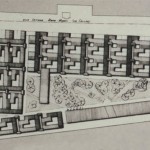
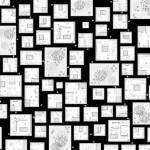
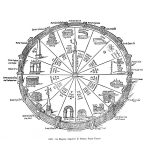
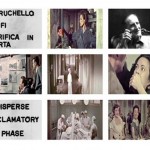
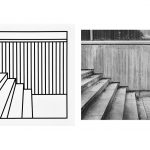
Leave a Reply